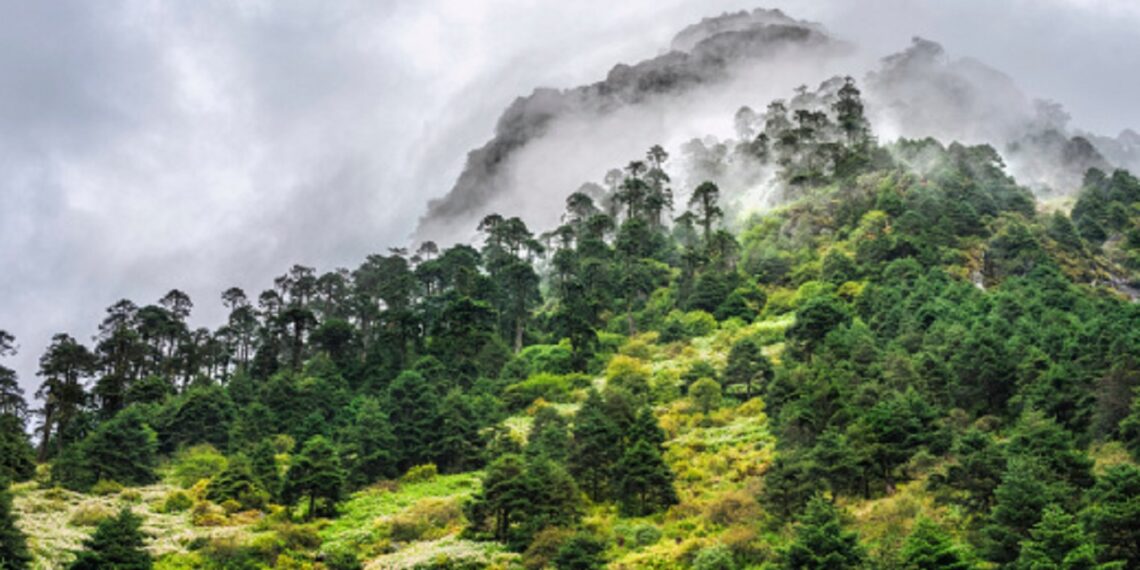ITANAGAR: In a bid to bolster its green cover, the Arunachal Pradesh government successfully executed a vast afforestation programme, covering an impressive 16,560.46 hectares of land during the fiscal year 2022-23.
Carried out under the Compensatory Afforestation Fund and Compensatory Afforestation Fund Management and Planning Authority (CAMPA) scheme, this noteworthy announcement came to light during the second day of the ongoing monsoon session of the state assembly on Tuesday.
In response to a query raised by Congress MLA Wangling Lowangdong, Environment and Forest Minister Mama Natung revealed that the national authority, CAMPA, had allocated a substantial sum of Rs 196.93 crore to the state for the fiscal year 2022-23, in collaboration with the Ministry of Environment, Forest, and Climate Change.
Elaborating on the afforestation efforts carried out during the fiscal year 2022-23 under the CAMPA scheme, Natung informed that these activities included preparatory groundwork on 2,986.23 hectares of land, the establishment of new plantations spanning 4,459.16 hectares, and the meticulous upkeep of existing plantations, covering an extensive 24,177.35 hectares.
“The compensatory afforestation component targets identified lands, as per the Centre’s approval, while the integrated wildlife management plan adheres to sanctioned 10-year wildlife conservation and mitigation plans,” he was quoted as saying by the local press.
Minister Natung also highlighted that the scheme’s financial support is primarily directed toward areas affected by deforestation due to major projects such as road construction, the installation of transmission lines, and the establishment of power projects.
While the Arunachal Pradesh government’s afforestation drive takes root, according to the India State of Forest Report 2021, the state witnessed a severe decline in forest cover – a loss of 257 sqkm of forest cover compared to the 2019 assessment.
Additionally, a December 2021 report submitted by the state’s Department of Environment and Forests to the National Green Tribunal, pertaining to a 2019 case initiated by anti-logging activist Jorjo Tana Tara, highlighted concerning trends. During the period from 2009 to 2019, the report documented a decrease of 934.97sqkm in moderately dense forest area throughout the state. However, it also noted increases in scrub forest (115.81 sq km), open forest (29.61 sq km), and very dense forest (244.09 sq km).















